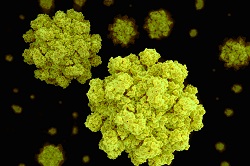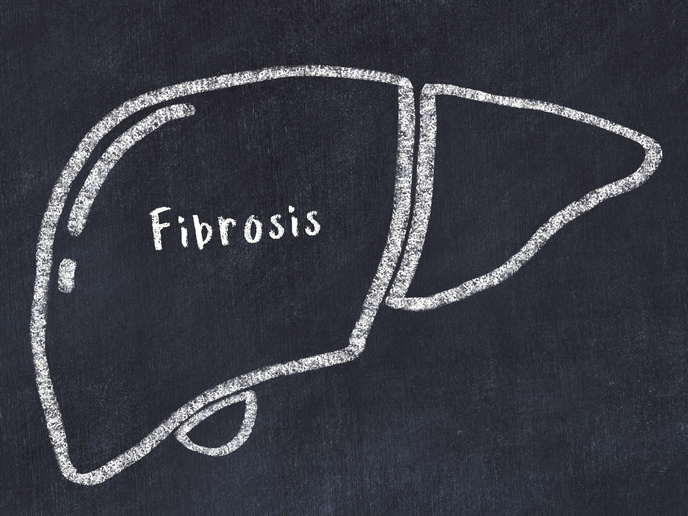A compact sensor for a quicker response to norovirus outbreaks
Every winter, Sweden’s Karolinska Hospital experiences a large norovirus (i.e. flu) outbreak. As a result, hundreds of staff and thousands of patients are incapacitated for several days and entire wards are closed down. This in turn costs hundreds of thousands of euros, significantly delays lifesaving operations and severely diminishes the healthcare capacity of the greater Stockholm area. Of course this phenomena isn’t limited to Karolinska Hospital, but is a recurring theme in hospitals, day-cares, retirement homes and workplaces across the globe. Without effective countermeasures put in place, these crippling outbreaks will continue winter after winter after winter. The challenge to combating and containing an outbreak is a significant lack of precise information on the location of high virus concentrations. To bridge this gap, the EU-funded NOROSENSOR project developed core technology for an advanced virus sensor prototype. The sensor can be used to monitor the concentration of airborne viruses and other pathogens in high risk areas, such as hospitals, retirement homes, cleaning companies and cruise ships. Small but mighty Traditional air sampling methods rely on highly specialised equipment and subsequent transportation of the samples to a central lab for analysis – which is not cost efficient and takes time. ‘Although effective, such a system is ill-suited for monitoring multiple locations or screening outside a laboratory, both prerequisites for combating an outbreak,’ says project coordinator Fredrik Carlborg. The project’s sensor, on the other hand, combines low-power electrostatic air to liquid sampling, compact microfluidics sample preparation and novel molecular tools to attain very low detection limits of virus particles in the air. High sensitive quartz crystal technologies or similar digital technology provide a read-out within the sensor unit itself. The compact unit can be powered by batteries and is small enough to be easily transported. Although the project was unable to test the sensor outside a controlled laboratory setting, its prototype testing successfully analysed and reported on the finding of airborne virus particles. ‘Until further testing is completed, it looks like the sensors first use will be as a companion to the many air purification systems currently on the market,’ says Carlborg. ‘Although these systems can clean the air, they cannot measure what they cleaned and how much. With the addition of the Norosensor, they will now have this capability.’ According to Carlborg, when ready for use as a stand-alone system in a hospital setting, the first application may be to monitor and control air and ventilation after or during a Norovirus outbreak. ‘By knowing the virus concentration in the air, a hospital can more easily pin-point the source of an outbreak or implement more focused contamination steps, allowing them to open a closed ward faster,’ he says. Market potential The technologies developed in the NOROSENSOR project are set to enable a quick and efficient response to norovirus outbreaks, thus reducing human suffering and limiting the impact and costs these outbreaks have on society. By enabling the early containment of virus epidemics, closures due to staff illness are minimised – resulting in billions of euros in savings. ‘When this technology hits the market, it will be the first efficient tool for the direct sampling of airborne norovirus in connection with an outbreak,’ says Carlborg. ‘This enables much more timely and accurate epidemiological data to be collected during outbreaks than was previously possible, thus allowing a hospital such as Karolinska to break the annual winter norovirus cycle.’
Keywords
NOROSENSOR, norovirus, low-power electrostatic air, compact microfluidics, novel molecular tools, quartz crystal technologies







